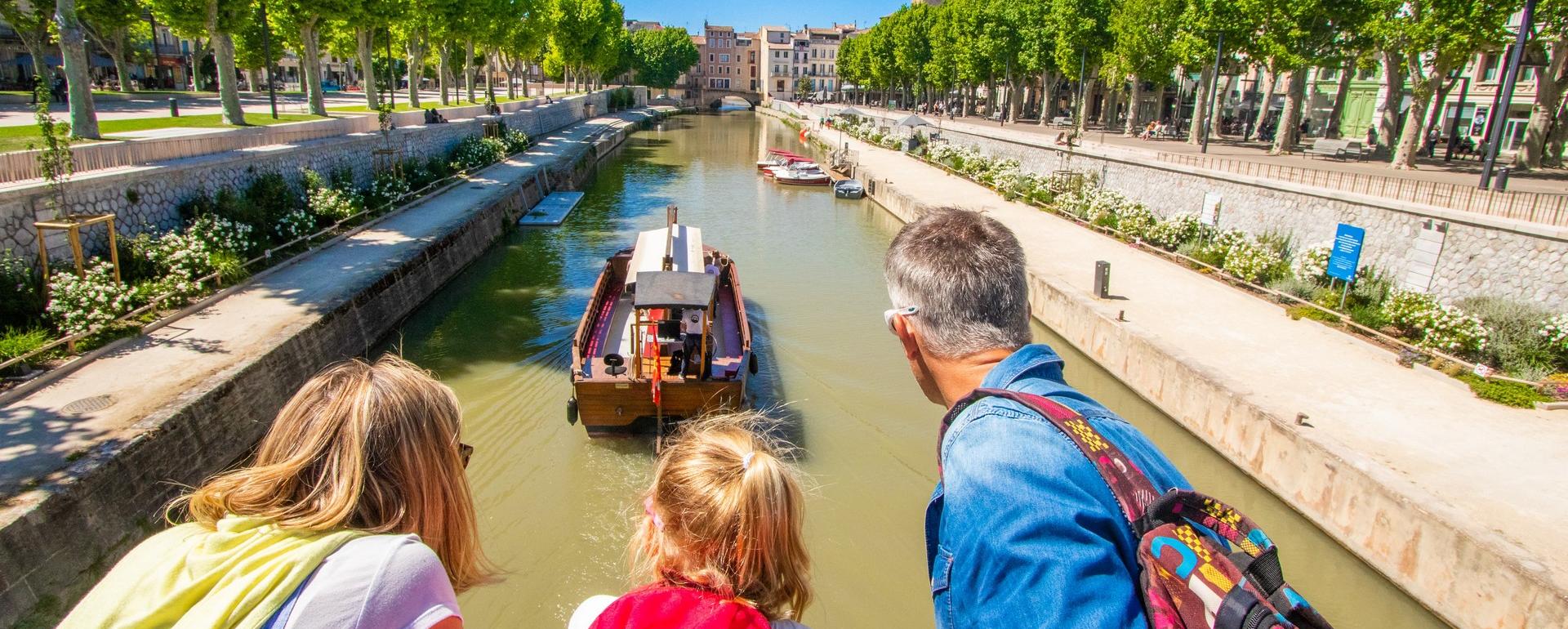
Occitania was born in 2016 from the fusion of two French regions: the Midi-Pyrénées and Languedoc-Roussillon. It's a whole new region that welcomes you today. Steeped in history, heritage and authentic cultural identity, this brand new destination boasts a genuine appreciation of excellence in all kinds of fields: lifestyle, heritage, gastronomy, science, technology... and the list goes on. If you're looking for a unique experience, head for Occitania!
Occitania is the 2nd biggest region in metropolitan France, and clearly one of the most attractive, since it receives more than 50,000 new inhabitants per year. Its territory spreads from Aubrac to the Pyrenees along the North-South axis, and from Camargue Gardoise to Gascogne along the East-West axis.
So, when it comes to holiday destinations, Occitania has it all: the sea, with the Mediterranean coast; the mountains, with the Pyrenees; the city, with its two big metropolises, Toulouse and Montpellier, and the countryside, endlessly rolling out its typical scenery, picturesque villages and protected natural landscapes.
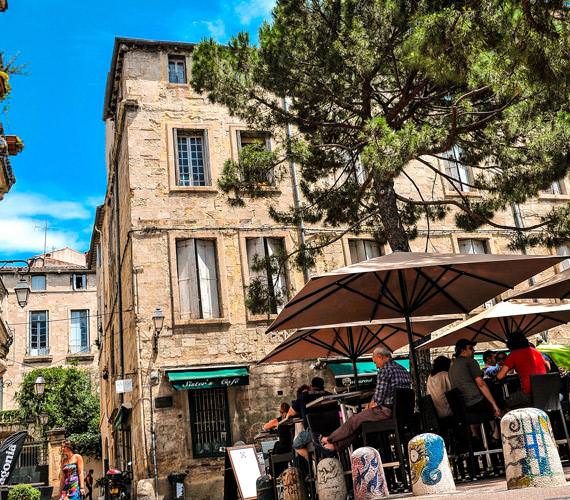
Did you know ?
Occitania spans across 13 departments. Its surface area is 72,724 km2. That makes it slightly bigger than Ireland (70,273 m2) and twice the size of Belgium (30,528 km2).
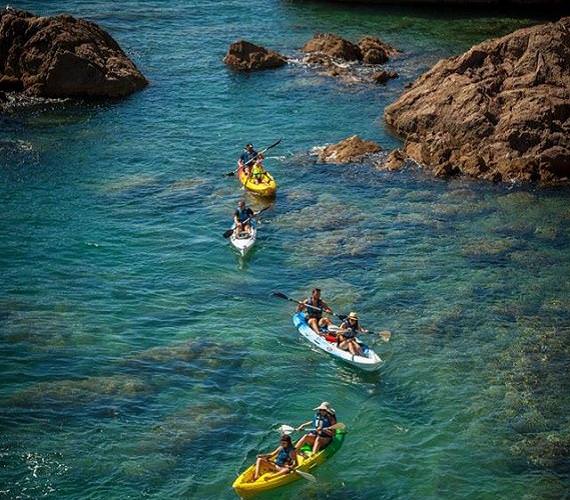
Kayak de mer à Sète, Kayakmed
Get your sunglass on !
Toulouse, Montpellier, Nîmes and Perpignan rank among the top 10 sunniest cities in France, each boasting over 2,100 hours of sunshine per year. It's hardly a surprise that the French rate Montpellier and Toulouse as the best cities to live, work and study in.
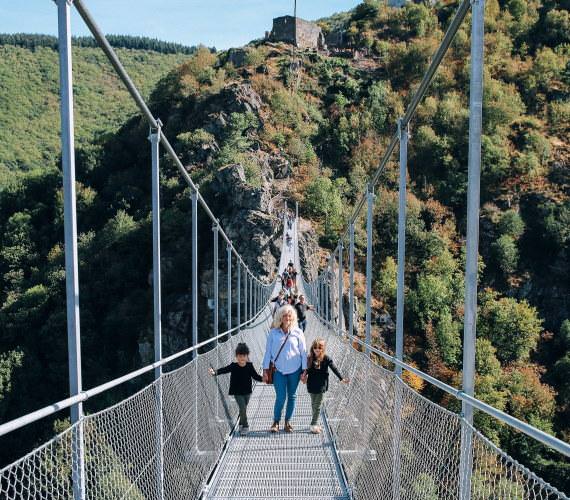
Passerelle de Mazamet, CDT Tarn / Etdieucrea
Did you know ?
The region of Occitania ranks 1st in the country for organic farming, boasting more than a quarter of the total organic farming land area in France.

Le château de Montségur
United by 27 centuries of shared history and a common language (Occitan), the lands that once made up the former regions of Midi-Pyrénées and Languedoc-Roussillon, separated in the 1960s, were reunited on the 1st January 2016 to form Occitania.
From the grandeur of the conquering Romans and the crusade against the Cathars to the creation of the Canal du Midi, the fates of these lands have lain intertwined on many occasions. Today, they beat to the same drum: that of innovation and excellence, whether in research and development or in the promotion of outstanding heritage through the Great Sites Occitanie.
Don't miss
The 41 Great Sites Occitanie: these are the major sites of the Occitania region, brought together in one unique collection. Go ahead and take a peek!

Gant de Millau, P
Occitania has 14 competitiveness clusters - not just in Toulouse and Montpellier, but also in places like Perpignan and Pont-Saint-Esprit -of which 1 is world-class (Aerospace valley) and 2 are of international stature. What are their areas of expertise? Aeronautical and space engineering, agri-food, biotechnologies and health, renewable energies... And the list goes on.
Toulouse is the world's aeronautical capital, thanks to Airbus, and the space capital of Europe. The Agropolis centre in Montpellier is world-famous, as is the city's medical faculty, which is the oldest in the Western world.
Occitania is also the cradle of leading brands such as Perrier, Roquefort, Avène, and Ducs de Gascogne, and of distinguished craftwork such as Millau gloves, Laguiole knives, Denim jeans or Anduze vases; not to mention the many creative ventures that keep coming up with new products and concepts.
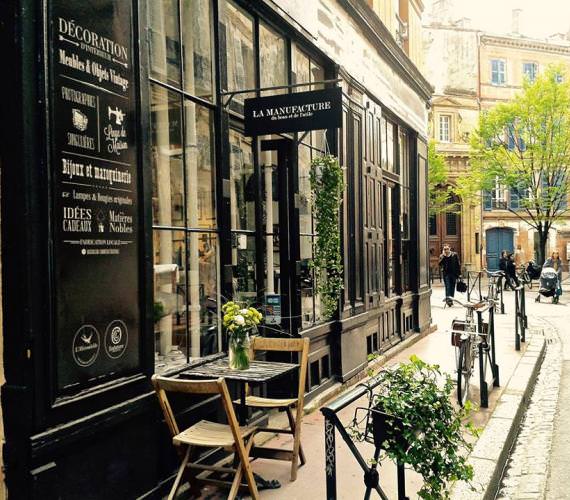
Toulouse
There are 8 compounds in Occitania listed as UNESCO World Heritage sites: the episcopal town of Albi, the walled city of Carcassonne, the Canal du Midi, the Pont du Gard, the Vauban fortifications ((Villefranche-de-Conflent and Mont-Louis), the Santiago de Compostela paths, Gavarnie-Mont Perdu.
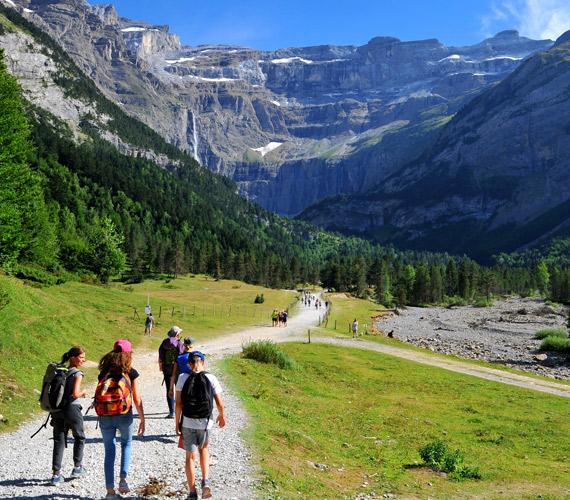

How to get there ?
Find out more